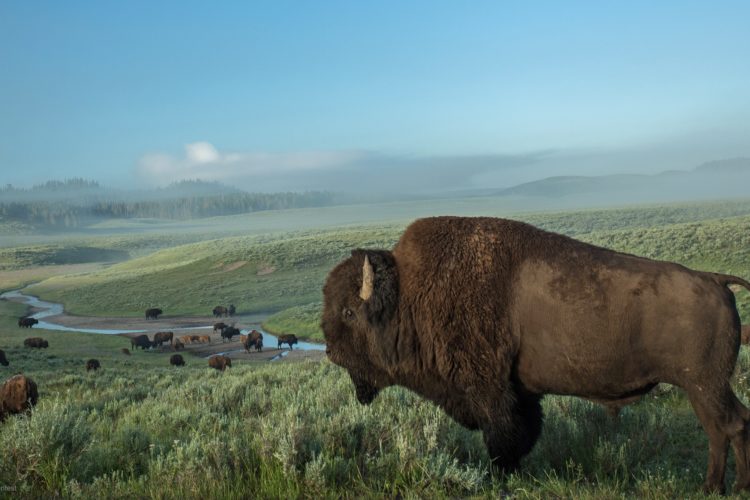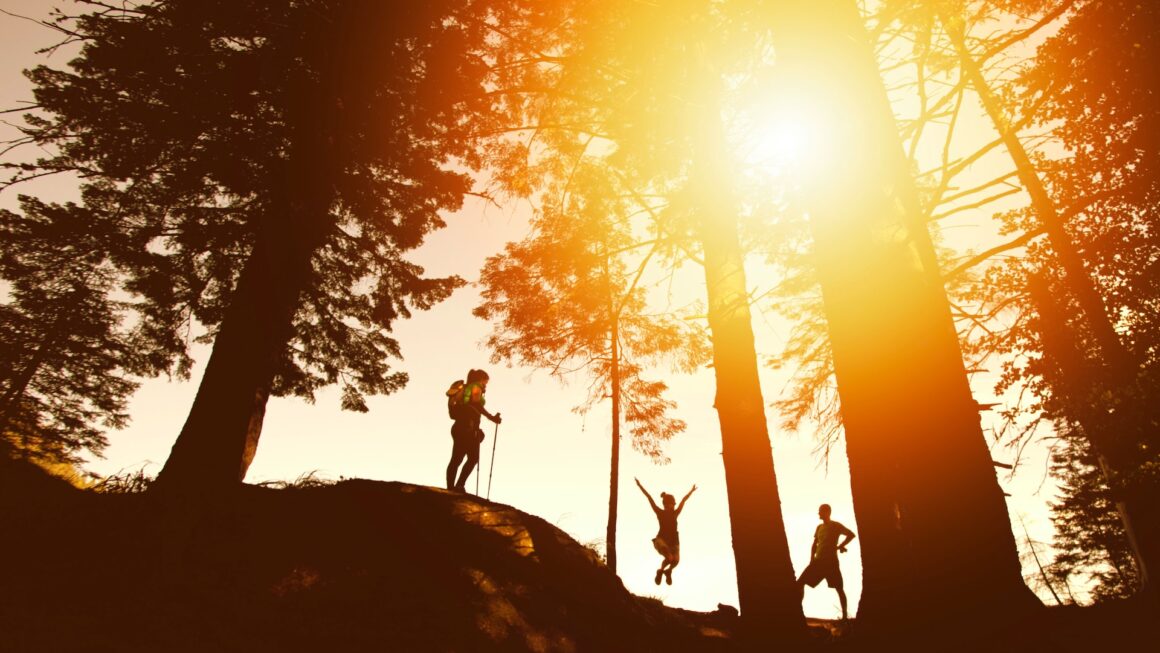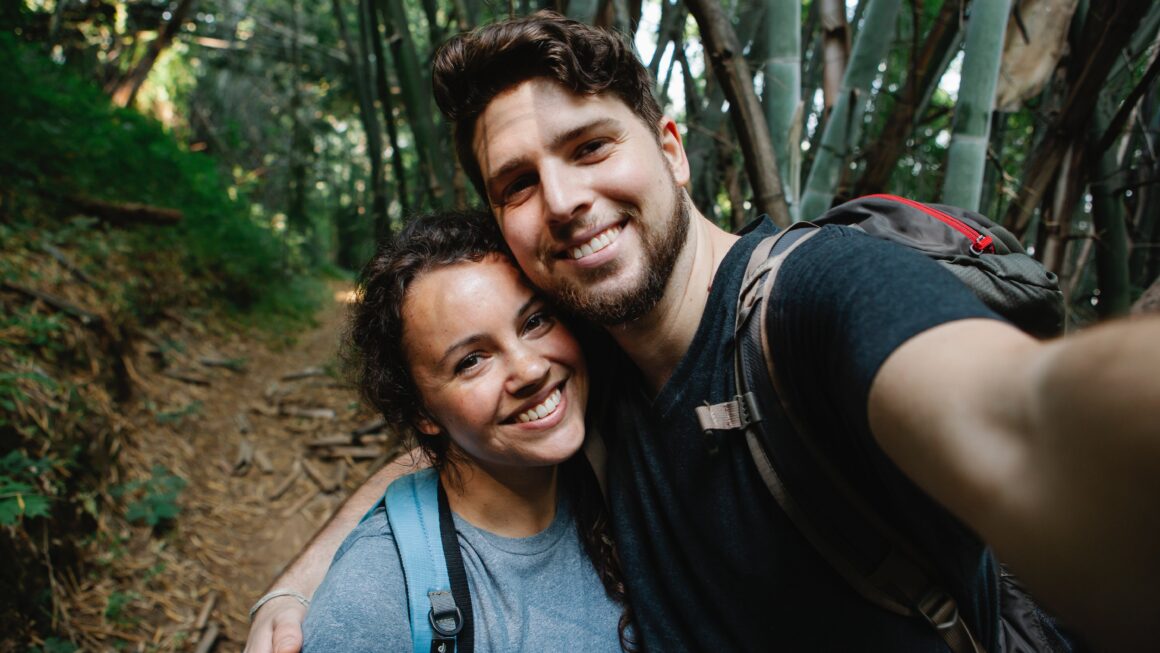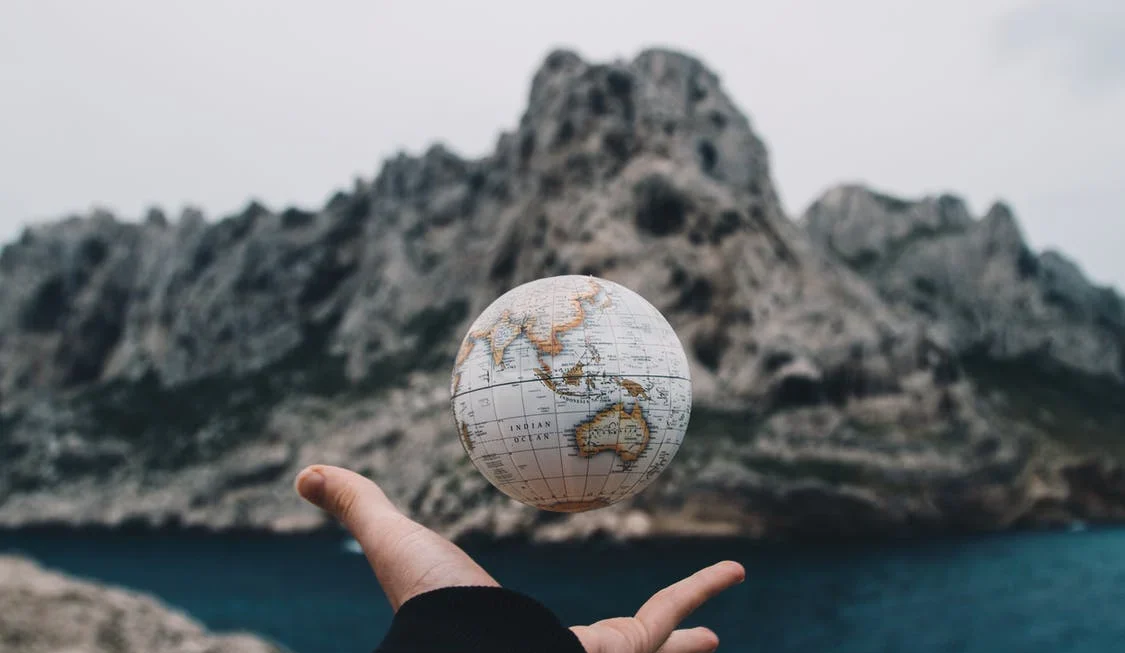A trip to the zoo sometimes doesn’t cut it. For those of us that love animals, travelling can be a great opportunity to see rare and exotic creatures in their natural habitat. Here are ten of the top destinations around the world for spotting wildlife.
Husavik, Iceland
Husavik in Iceland is famous for its whale watching tours. 24 species of whale populate the waters surrounding this Northern Icelandic town including blues, humpbacks, minkes and orca. The best time to spot these whales is between April and October. By taking an organised tour, you can visit the most common spots for whale sightings. Just make sure to wrap up warm as the temperature regularly dips below 0 degrees Celsius. Whale watching tours are also available from Iceland’s capital Reykjavik, but sightings may not always be as guaranteed.
Yellowstone National Park, USA
The US has plenty of wildlife hotspots, but none quite offer the diversity of Yellowstone National Park. Here you’re likely to see bison, elk, moose and bears. Gray wolves were also reintroduced to the park in 1995 and there are a number of organised wolf watching tours that you can take. Those that get lucky can even spot rarer animals here such as wolverines and lynxes. The mornings and evenings are the best times to spot wildlife. It’s worth packing for all weathers when visiting Yellowstone as it can be scorching in the day and freezing at night.
Image Source. Licensed under Creative Commons.
Danum Valley Conservation Area, Malaysia
This undisturbed area of rainforest in Borneo, Malaysia is one of the best places to see orang-utans. These endangered apes can regularly be found swinging amongst the trees (it’s possible to hire a guide and maximise your chance of seeing these creatures). Other wildlife can also be spotted here including gibbons, clouded leopards, pygmy elephants, hornbills and sun bears. There are only two places to stay in Danum Valley. You cannot take your own car into the conservation area and will need to arrange a permit and someone to transport you in.
Komodo National Park, Indonesia
Komodo National Park is made up of several islands and is the only place in the world where you can see a Komodo dragon in the wild. These carnivorous lizards have an infamously toxic bite and are the largest reptiles on Earth. The park is also home to other exotic animals including wild buffalo, wild boars, snakes and monkeys. Its shores are also home to a vast biodiversity of marine animals including sharks, manta rays, sea turtles, dolphins and whales. Most people take tours to Komodo National Park from Bali, although it’s possible to stay at accommodation on the islands. Exploring Komodo without a guide can be dangerous and is not recommended.
The Pantanal, Brazil
The Pantanal is a large area of tropical wetland in Brazil. It’s thought to have the highest concentration of fauna in the new world – some of its most notable wildlife include jaguars, tapirs, howler monkeys, capybaras, toucans and caimans. It’s also home to the world’s largest snake – the anaconda. You’re best visiting between July and October when its relatively dry as wildlife are easier to spot during these months. There are lodges across the region that you can stay in, including converted cattle ranches.
Image Source. Licensed under Creative Commons.
Chobe National Park, Botswana
Most people visit Chobe National Park for one particular animal – the African elephant. This national park has the highest concentration of elephants in Africa. It also has dense populations of Cape Buffalo with can be found traveling in herds. Lions, zebras, hippos and antelopes are just some of the other notable animals that you can find here. August through to November is the best period for spotting wildlife when it is dryer and many of the animals migrate for water. There are campsites and lodges that you can stay at inside the park.
Cairgorms National Park, UK
Cairngorms National Park in Scotland is home to 25% of the UK’s threatened species. Across its mountainous terrain you’ll find deer, wildcats, badgers, pine martens and red squirrels. It’s also a hotspot for bird watching, sporting many birds of prey including golden eagles, peregrine falcons, ospreys, kestrels and owls. There are hostels and hotels all around the Cairngorms that you can stay at. The best time to visit to spot wildlife is between April and August – this is when you’ll find the largest presence of eagles, after which they migrate to Africa.
The Galapagos Islands, Ecuador
This archipelago of volcanic islands off the coast of Ecuador has the highest number of endemic species of anywhere in the world. It’s the most northerly location to be populated by penguins. It’s also home to a unique species of iguana that hunts underwater and is home to some of the largest tortoises in the world. Darwin’s theory of evolution stemmed from his visit to these islands in the 1800s when he observed the unique wildlife there and the fact that they had adapted so well to the environment. Nowadays, there are plenty of wildlife tours operating across the island. You can find more about the islands and how to get there online. December to June is often recommended as the best time to visit due to the warmer weather.
Image Source. Licensed under Creative Commons.
The Great Barrier Reef, Australia
The largest coral reef system in the world, The Great Barrier Reef, is popular amongst divers and snorkellers for its impressive marine biodiversity. More than 1,500 species of fish and over 5000 species of mollusk inhabit the reef’s waters. Those that have seen Finding Nemo will know what kind of creatures to expect – clownfish, sharks, manta rays, sea turtles and seahorses are just some of the animals to be found here. It’s worth learning to scuba dive when visiting these reefs so that you can get the best experience. Alternatively, there are plenty of snorkelling tours for those that can’t dive, not to mention glass-bottomed boat tours for those that don’t want to get wet.
Masai Mara National Reserve, Kenya
When people think of wildlife adventures, it’s the likes of Masai Mara that most likely come to mind. This Kenyan National Reserve is often heralded as the best place to take an African safari. Its home to lions, cheetahs, elephants, giraffes, rhinos, hyenas, leopards, ostriches, baboons, crocodiles, gazelle, wildebeest, zebras, hippos and jackals (just to name a few) and its wildlife density means that such creatures are relatively easy to track down. July is arguably the best month to visit – this is when the wildebeest migration reaches the Mara. You can find more information on Masai Mara and where to stay online.




